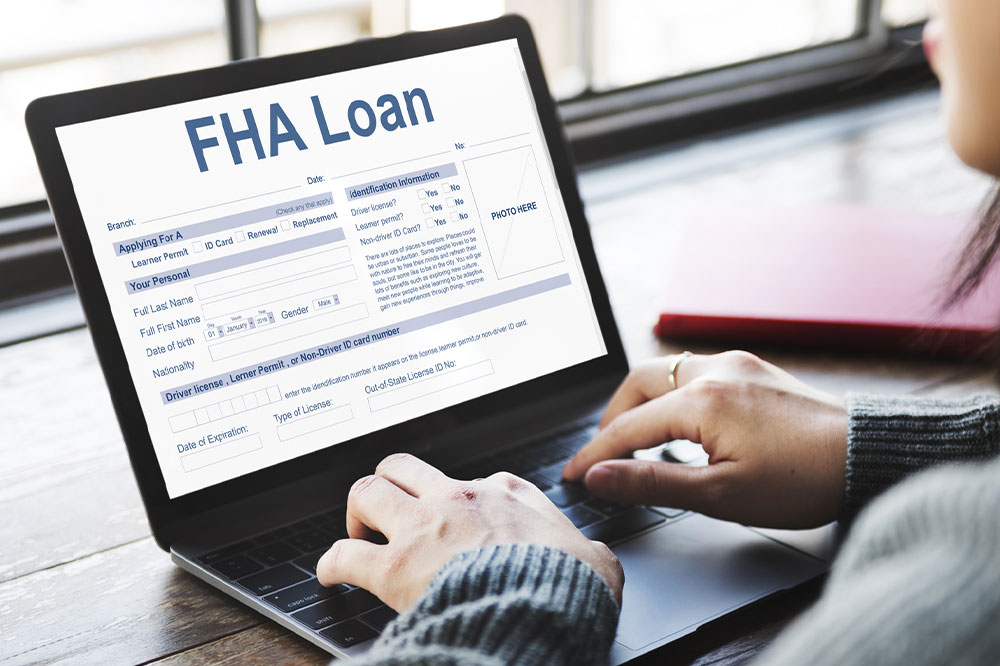Essential Guide to FHA Home Loans
Discover how FHA loans simplify homeownership with flexible credit requirements, low down payments, and insurance protection. Perfect for first-time buyers, FHA loans provide an accessible path to owning a home, with guidelines covering credit, income, and property standards. Learn how these insured loans can help you turn your homeownership dreams into reality.
Sponsored

If you're dreaming of homeownership but worried about low credit scores or down payment hurdles, FHA loans offer a viable pathway. Supported by the Federal Housing Administration, these loans are insured and available for 15 or 30-year terms, with either fixed or adjustable rates. In case of default, FHA mortgage insurance safeguards lenders by covering the remaining loan balance, allowing borrowers to achieve their homeownership goals more easily.
FHA loans require minimal down payments—3.5% for credit scores of 580 or higher and 10% for scores between 500 and 579. Borrowers need to pay mortgage insurance premiums as security for lenders in default situations. Qualification involves being at least 18 years old, a U.S. citizen or legal resident with a valid SSN, and having stable employment. A steady employment history and a down payment of at least 3.5% are essential to secure financing.
Monitoring responsible financial management and maintaining good credit after prior bankruptcies or foreclosures is important. The property purchased must be the borrower’s primary residence and appraised by an FHA-approved evaluator to meet minimum standards. Income ratios are also key; front-end ratios should be between 31-40%, and back-end ratios between 43-50%, based on gross income.
FHA programs aim to make homeownership accessible for all. If you meet these qualifications and adhere to FHA guidelines, exploring this option could be your first step toward owning a home.






